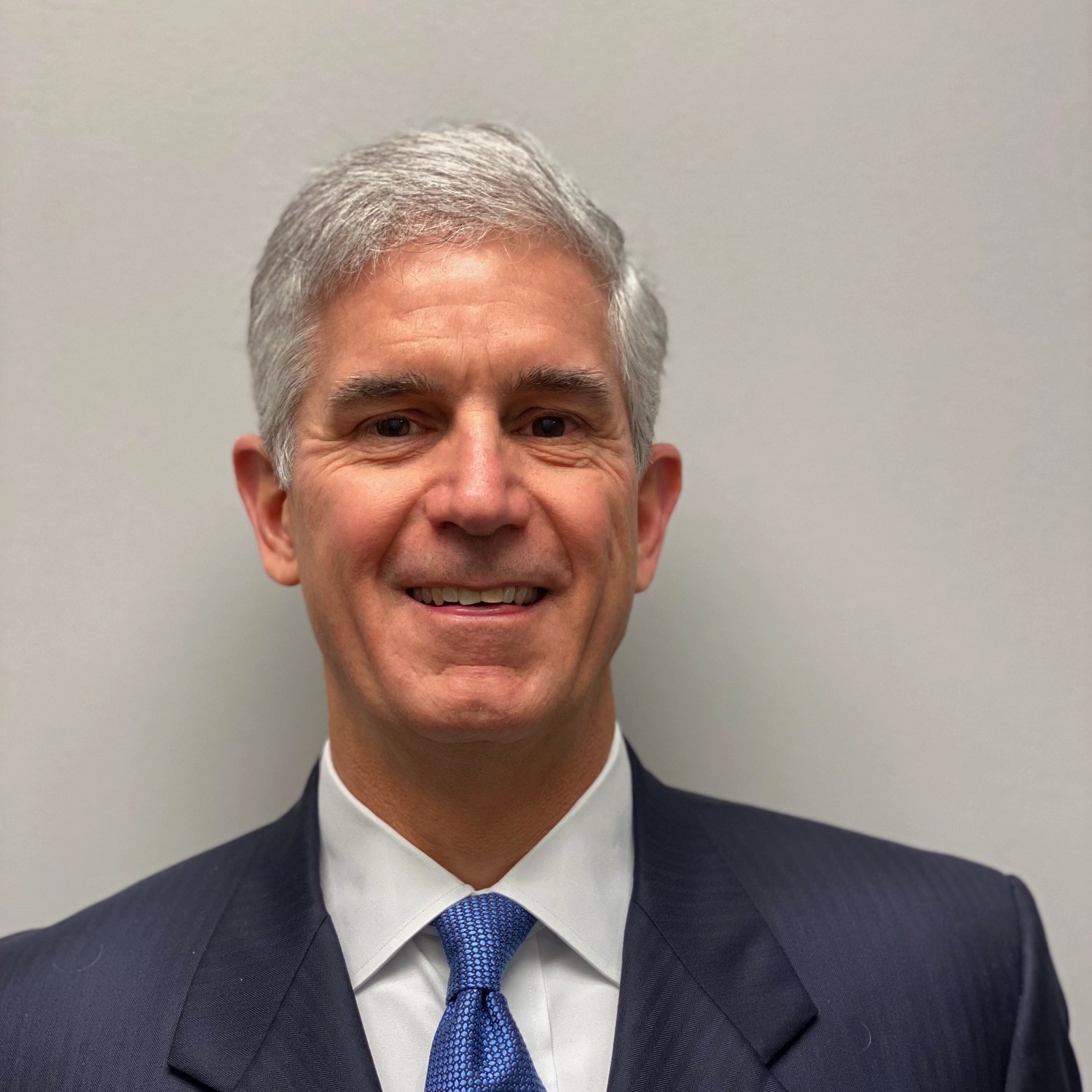Ten Things about the New Patent Law
Monday, September 26th, 2011
The President recently signed legislation that makes big changes to patent law. Here’s a list of ten (hopefully) interesting things about it:
1. The new law is 150 pages long and is vague in many parts. It will take about a decade of judicial interpretation to make this law as clear as our old patent law, and that old law lacked clarity in many places.
2. The new law embraces the view that our patent system has been issuing bad patents – patents on things that aren’t patentable, such as things that aren’t new and things that were obvious from existing technology. The new law creates several enlarged or new obstacles to getting a patent -opportunities for others to show the Patent Office that your technology isn’t really new or that it’s an obvious improvement. This will make it harder to get broad patent protection in well-established technology fields. Some claim the new law will make it harder for technology startups to get funding.
3. “Business method patents” get singled out for extra scrutiny. Anyone who gets sued on such a patent generally will be able to get that case stayed while the Patent Office reviews the patent. Congress implicitly determined that this technological field has seen a disproportional number of bad patents. Unfortunately, the definition of what constitutes a “business method” is vague.
4. The new law moves us to a system in which the first inventor to file a patent application for an invention will get the patent, which is different from our present system where the first person to invent something gets the patent even if that person is not the first to file a patent application on it. This move to a “first inventor to file” system will pressure inventors to file patent applications faster. Also, it will pressure inventors to file a continual stream of “provisional patent applications,” which essentially are placeholders for the future filing of full patent applications.
5. The law increases the risk that an inventor’s disclosure of the invention to others prior to filing a patent application may unleash a chain of events that would kill that inventor’s patent rights. Many inventors will be wise to get a patent application filed prior to disclosing the invention to the public or, if you are extra cautious, even to potential business partners.
6. If Congress keeps its non-binding promise, the Patent Office will now be allowed to keep all of the fees paid by patent applicants and owners. In the past, Congress diverted a lot of these fees to other federal expenditures. This denied the Patent Office money it needed to do its work and caused a massive backlog of patent applications. Hopefully Congress will keep its hands off the Patent Office’s money so it can hire the additional patent examiners it needs to work down its backlog.
7. The law creates a fast track for patent application review for those willing to pay a $4800 surcharge and to abide by some restrictions. This surcharge is discounted for smaller applicants. Yet, paying for the fast-track doesn’t exempt you from someone asserting to the Patent Office that your invention isn’t really new or that it’s an obvious improvement. Thus, you might pay extra and still get bogged down in the Patent Office for years.
8. The law prohibits the granting of any more patents on tax strategies.
9. If you sell an item covered by one or more patents, it’s a good idea to put the patent numbers on the item, in order to position yourself to claim damages should someone infringe on your patents. But patents expire after a while. The new law permits companies to give notice of their patents on a website instead, which will save money and hassles.
10. Of course, the new law contains some pork. Among other things, it mandates the creation of a satellite Patent Office in Detroit, Michigan. The statute requires this office be named after Elijah J. McCoy, who was a successful black inventor who did his work in the late 19th and early 20th century. The saying “the real McCoy” is considered by some to originate as a reference to one of his inventions – a device for automatically lubricating metal joints on trains. Railroad engineers purportedly would ask if a train had “the real McCoy system.”
By John B. Farmer
Published in the Richmond Times-Dispatch
© 2011 Leading-Edge Law Group, PLC. All rights reserved.




